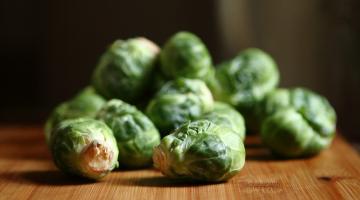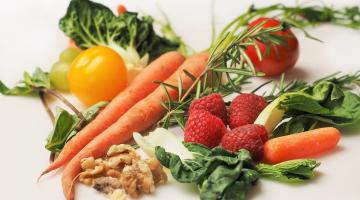What Are the Varieties of Rajma and Their Benefits in Diabetes?
Who does not love the comfort of rajma chawal? That rich, earthy flavour takes one back to warm family meals and cherished memories. When one has diabetes, a common question is, "Can I still enjoy rajma?
Rajma is not just a comfort food, but it's also full of nutrition, fitting nicely into a diabetes-friendly lifestyle. If done right, rajma can support health goals, and with expert guidance from programs like the Fitterfly Diabetes Control Program, you can learn how to include foods like rajma in your diet and still keep your blood sugar under control. Let's talk about the varieties, benefits, and ways to enjoy rajma for better diabetes management.
Rajma, or kidney bean dishes are widely popular and enjoyed in Indian cuisine, often served with gravies and accompanied by rice or rotis. Other than its comforting taste, it is also rich in protein, fiber, and other minerals, making it one of the best ingredients in any diet.
Nutritional Value of Rajma
Rajma offers the following essential nutrients that can contribute to good health. The Indian Food Composition Table, 2017 reports the following nutrient content of 100 g of rajma:
- Energy: 299 kcal
- Protein: 19.91 g
- Fiber: 16.57 g
- Carbohydrates: 48.61 g
- Potassium: 1.32 g
The GI of rajma is low at approximately 22. Thus, it is very beneficial for diabetic patients. Low-GI foods slowly and gradually release sugar into the blood, thereby preventing an increase in blood sugar levels.
Varieties of Rajma
Rajma is in several varieties. Each and every one has its respective flavors and texture:
- Small dark beans, creamy with the texture. Jammu Rajma, or in short, Black Rajma
- Large, bright red beans with a robust flavour. Red Rajma
- Light brown beans with reddish streaks and a nutty taste. Chitra Rajma
- Mild-flavoured beans, which are particularly great for salads and soups. White Rajma
- Earthy-flavoured beans, which grow in the Himalayan regions. Joshimath Rajma
- Capsule type Rajma: dense flavour and beans.
- Chakrata Rajma: Subtly flavoured beans from Uttarakhand.
Each variety is nutrient-dense, making rajma a versatile ingredient for diabetes-friendly meals.
Why Rajma is Great for Diabetes
Rajma provides several health benefits that make it ideal for managing diabetes:
- Low Glycemic Index: Its slow sugar release helps stabilize blood sugar levels.
- High Fiber Content: Fiber aids digestion, promotes fullness, and supports cholesterol management.
- Rich in Protein: Protein slows down carbohydrate digestion, keeping blood sugar steady.
- Nutrient-Dense: Magnesium improves insulin sensitivity, while potassium helps control blood pressure.
- Cardiovascular health: Rajma's fiber, potassium, and magnesium reduce the risks related to diabetes.
How to include Rajma in a diabetic diet
Rajma is very versatile and can be easily incorporated into your diabetes-friendly diet:
- Rajma Chawal: Replace white rice with brown rice or eat with mixed-grain rotis.
- Rajma Salad: Mix cooked rajma with cucumbers, tomatoes, and a squeeze of lemon.
- Rajma Soup: Rajma with tomatoes, onions, and spices can be a comforting dish.
- Rajma Tikki: Rajma-based patties can be served as a healthy snack.
- Rajma Paneer Bhurji: Rajma with paneer can be a protein-rich dish.
- Rajma Khichdi: Rajma, brown rice, and vegetables can be cooked in one pot.
A Word of Caution
While rajma is healthy, it is necessary to cook it properly. Rajma, if undercooked, contains lectins, which causes digestive problems. In addition, rajma should be consumed in moderation to prevent bloating or gas caused by its high fiber content.
The Bottom Line
Rajma is more than a comfort food of nostalgia. When prepared with thought, rajma can be a superfood that is diabetes-friendly. Rajma, being low in GI, containing fiber, and having a rich nutrient profile, adds value to your diet.
More to Read:
Previous Posts:







